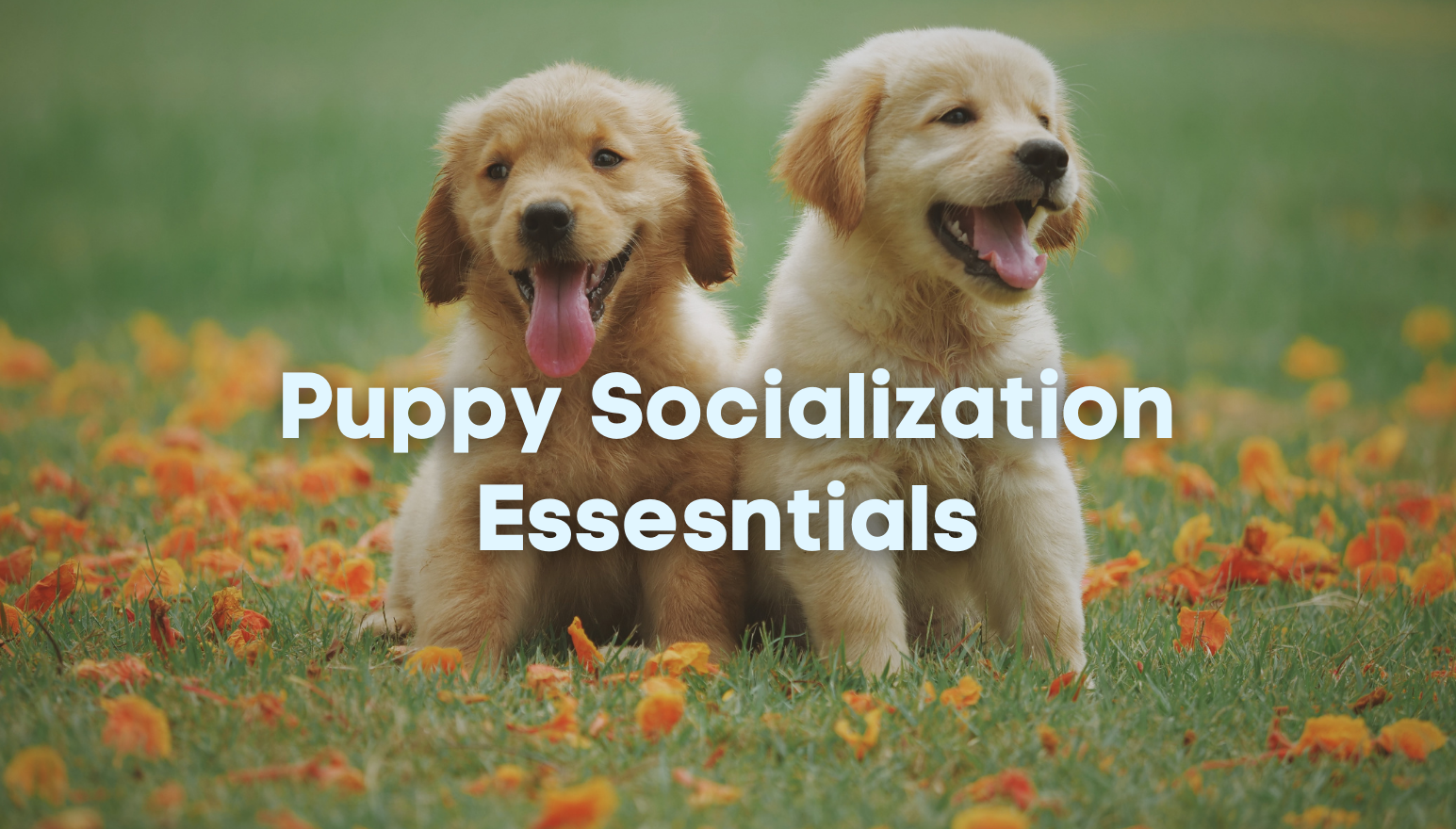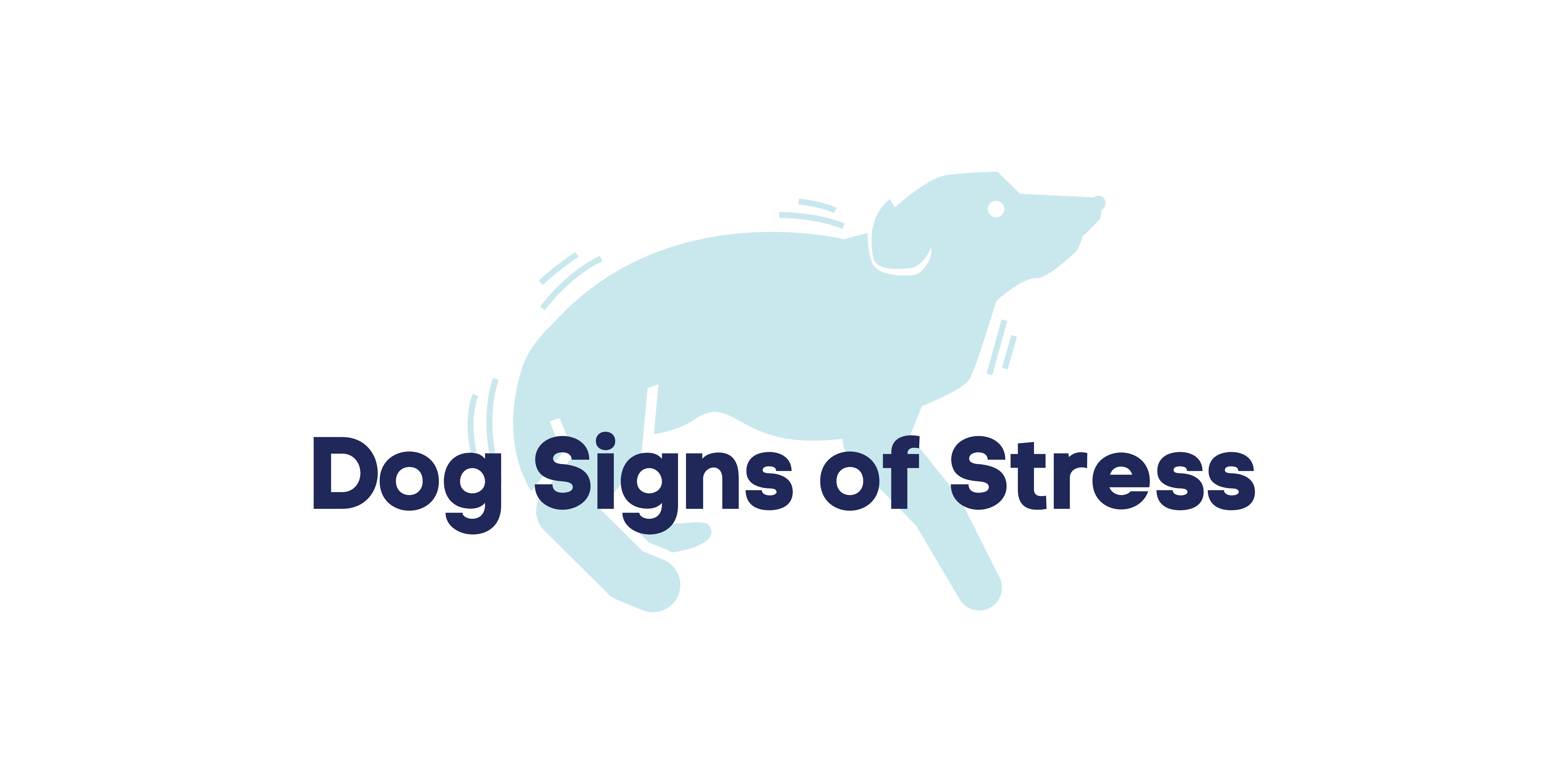The Truth About Dominance Theory
By Angelica Steinker, M.Ed., C.D.B.C, CAP2
The truth is there is nothing noble in being superior to another being. The only real nobility is in being superior to your former self.
-Whitney Young, Civil Rights Leader
What is dominance theory?
As humans we view the dominant animal as superior. Labeling one being as superior causes problems, both in human relationships and in dog and human relationships. A famous study showed how labeling normal college students into two groups, one superior to the other, caused the powerful group of students to become abusive of their classmates. This same dynamic occurs when humans are labeled as being superior to dogs. It seems that an ideal solution to dog and human challenges is to acknowledge that we are different. Dogs don’t do calculus, but we can’t smell a drop of blood in a gallon of water either!
So what is this dominance thing all about? Social dominance theory only applies to one aspect of dog life: conflict. What social dominance theory predicts is the outcome of conflicts. I don’t know about you, but I don’t want to be in conflict with dogs. It seems most people get a dog for companionship, not to have an argument. Social dominance behaviors allow dogs to resolve conflict in a more friendly way, ideally preventing aggression.
Dangers of Labeling
When you use the word dominant to describe a dog you may mean one thing but another person may mean it to be something entirely different. In addition when people label a dog as dominant it is often thought that violence is the only solution to make the dog submissive. When the frightened dog cowers the situation is misunderstood as the dog signaling submission, when the dog is actually signaling fear. This is why labeling is potentially destructive.
The most dangerous problem with labeling could be that some dogs, already in need of behavior modification, may become aggressive when humans interact with them using force or violence. Or even worse, the aggressive dog may be intimidated and the aggression will slumber until it is triggered possibly without any warning signs. Aggression without any warning signs is very dangerous to humans.
It is easy to avoid labels by simply describing the behavior that you are seeing. This is the ideal way to communicate about a dog’s behavior.
Dominance Within Species
The original intent of the scientists who came up with dominance theory was to use it to describe interactions and explain and predict patterns of conflict resolution within a society-forming group of animals. The concept of social dominance deals with social relationships and was originally developed for bees, then chickens, and eventually applied to other species including wolves. Dog trainers of the 1930’s and 1950’s used their interpretation of the wolf research to try to understand dogs. These people were not professional researchers; they simply invented ideas and concepts based on what they had read about wolves. Obviously, this would lead to some serious problems in terms of being accurate. The amazing thing is that much of the misinformation is still being passed around today.
Unfortunately even many professional trainers have failed to update their education and continue to circulate inaccurate information.
Another huge problem with using wolves to describe dog behavior is that dogs are descended from wolves. Dogs are domesticated, which is a genetic process that makes them very different from wolves. Ask anyone who has tried to train a wolf, and you will hear many stories of how tremendously challenging they are to deal with.
The Alpha
Dominance theory predicts that all the animals in a wolf pack form a linear hierarchy. Early wolf researchers added the concept of wolf packs having one male and one female “alpha”. These alpha animals are allowed special privileges and access to resources that others are not. However, there are numerous problems with this concept.
Wolf researchers now know that wolves form family units, pups defer and are dependent on parents, and wolf parents engage in different roles, which help the pack survive. It is a cooperative living situation, not a dictatorship.
Yet unfortunately for dogs, the concept of dominance communicates to many humans that they must be masters over their dog and that dogs must obey. This leads many dog-human relationships to the path of force and violence.
Just say no to violence and focus on the love that you and your dog have for each other!
According to linear social dominance theory the alpha wolf always wins all fights over other members of the pack, the beta loses fights to no one but the alpha and so on until the omega which is the wolf considered least likely to win any fights. Researchers agree that the terms “alpha”,“beta,” and so on are “inappropriate for typical [wolf] packs consisting of parents and offspring. … The linear [social] dominance hierarchy concept has been adopted and perpetuated by popular educational materials about wolves. … However, in most wolf packs, family dynamics are more complex (Mech, 2003).”
Packard recommends considering variation in individual temperaments, as well as mood. She goes on to say,“The autocratic leading wolf does not exist (Mech, 2003).” According to Packard, wolves live in groups that are “qualified democracies (Mech, 2003).”
Misunderstandings
Most of us have heard the terms alpha roll and scruff shake. Here are the facts. There is absolutely no scientific evidence that alpha rolls or scruff shakes are useful dog training techniques.
There is evidence that positive punishment (the scientific term for what alpha rolls and scruff shakes are meant to achieve) damages your bond with your dog and may cause stress or even aggression. The originally observed alpha roll was actually a submissive wolf offering his or her belly rather than being forcibly bowled over. Unfortunately for dogs, the alpha roll became popular world-wide. To this day, misguided humans alpha roll dogs thinking they are showing their dominance. In reality, alpha rolls and scruff shakes frighten dogs and may cause some to become aggressive and bite.
Gradually it became known in professional dog training circles that alpha rolls were not effective dog training. Yet many trainers cling to the disproved methods either unable or unwilling to adjust their behavior. Now that you have read this article, you can educate them!
Scruff shakes are used by wolves and dogs to communicate or to kill prey. Tactile communication of wolves is an area relatively unexplored by research so it is unknown what exactly a wolf may be communicating when she grabs her pups by the scruff and gives them a light shake. Other scruff grabbing and shaking behaviors are very easy to understand; they are intended to break the neck of prey, so that they can be consumed. If you grab the scruff of your dog’s neck and shake her, you risk that you scare her and that she bites you.
According to dog training historian Glenn Martyn, the origin of the scruff shake and alpha roll appears to be from dog training literature in both Northern American and English dog training books of the 1930-1950’s. That was a long time ago; it’s time to get updated!
Punishment Temporarily Stops Behavior
If you have tried alpha rolling or scruff shaking your dog, you may want to argue that it appears to work.
Here is why – both scruff shakes and alpha rolls intimidate the dog. In most dogs, this will cause a freeze response or gesturing of stress signals which are communicating that the dog means not harm. In other words, your scruff shake or alpha roll is aggressive toward the dog and most dogs will respond by stopping what they are doing and signaling that they mean no harm.
But the plot thickens! When a dog momentarily stops an unwanted behavior, humans are rewarded so they will likely repeat the scruff shaking or alpha rolling. The dog has learned nothing but to fear the human and the human thinks it is working so keeps repeating it. This is a vicious cycle that can and has ended tragically for many dogs and families.
 The dog has learned nothing but to fear the human
The dog has learned nothing but to fear the human
Muzzle Grabbing
Another myth states that a human can demonstrate dominance to a dog by grabbing the dog’s muzzle. However, according to wolf researcher Packard, the muzzle grab may actually be a cohesive behavior rather than communicating conflict. This is based on researchers observing that pups are not afraid of parents who muzzle grabbed them and that the muzzle grabbing is followed by the pup moving closer and engaging in affiliative behaviors. In contrast, a human roughly grabbing a dog’s muzzle may frighten a dog and lead to a bite. If your dog does not object to having her muzzle grabbed then you are doing the equivalent of saying hello!
Myth Busting
Here is information on common myths in dog training and behavior:
MYTH: Dogs should walk behind their s on walks.
TRUTH: Your dog’s position to you on a walk does not create dominance.
MYTH: In order to be dominant, you must walk in front of the dog on walks.

MYTH: In order to be dominant, you must walk through doorways ahead of the dog.
TRUTH: Again, there is no evidence that this affects dominance. Teaching your dog to politely wait at doorways will make your dog easier to live with, but it will not give you “dominance brownie points”.
MYTH: In order to be dominant, you must eat before the dog eats.
TRUTH: Again, there is no scientific evidence to support this claim. To be helpful, concepts presented by a dog trainer must be logical. If you eat before your dog eats, then after your dog eats, and you will eat again at the next meal, does this mean that the dog actually ate before you ate? Maybe the rule of eating first would be effective in establishing social dominance if you and your dog ate from the same plate, but without an actual study, we can’t say for sure. I love my dog, but we are not eating from the same plate!
MYTH: A female that lifts her leg when urinating is dominant.

MYTH: If a dog chews or urinates on an object, she is trying to dominate that object.
TRUTH: Again, there is no relationship here and no conflict over a perceived resource, so social dominance theory does not apply.
MYTH: Playing or letting the dog win at tug-o-war will make your dog dominant and aggressive.

MYTH: A dog that fails to perform a cue is being dominant (or stubborn) and needs a correction.
TRUTH: The relationship here would be between human and dog. The conflict is presumably over the performance of a cue, however the problem is that there are many reasons for why a dog may not comply with a cue: not feeling well, poor training, poor handling, confusing training, lack of generalization training, and so on. It is much more probable that the reason for a lack of compliance is connected to our training than a dog’s secret plot to take over. Although I do think that my Papillon is plotting to take over the world; prepare now or you will be doomed.
 Not feeling well
Not feeling well
Poor training
Poor handling
Confusing training
Lack of generalization training
…and more!
The Role of Leadership
Dominance is equated with exertion of influence and control. Submission is viewed as losing and possibly death. There is a problem with this. Wolves could not survive without each other; every member in a pack plays an important role and all are interdependent on each other. A true partnership can’t exist in a relationship where one being is considered superior (dominant) to another.
We are all interdependent on each other. We are most effective when working as a team. Be a team with your dog! As Dee Ganley, CABC, author of Teaching People, Teaching Dogs puts it,“I feel the human dog relationship is like dancing. Sometimes I lead and other times the dog does!”
*Social dominance is an ethological theory of conflict management in society forming species. This theory has common interpretations in the area of dog training. I will be addressing the false information commonly spread by some dog trainers.
Recommended Reading & Resources
Duman, B. (2011, July 7). Letting Go Of Dominance. Dogs Naturally. https://www.dogsnaturallymagazine.com/letting-go-of-dominance/.
Mech, D.L., Boitani, L. (2003). Wolves Behavior, Ecology, and Conservation. The University of Chicago Press.
O’Heare, J. (2017). Aggressive behavior in dogs: A comprehensive technical manual for professionals. Dogwise Publishing.
O’Heare, J. (2003). Dominance Theory and Dogs. DogPsych.
Overall, K. L. (n.d.). Aggression: Treatment Options. ACVC 2001. https://www.vin.com/VINDBPub/SearchPB/Proceedings/PR05000/PR00380.htm.
Rooney, N. J., & Bradshaw, J. W. (2003). Links between play and dominance and attachment dimensions of dog-human relationships. Journal of applied animal welfare science, 6(2), 67-94.
Sidman, M. (1989). Coercion and its fallout. Boston: Authors Cooperative.
Acknowledgements
A special thank you to both Beth Duman and James O’Heare, CABC, www.JamesOHeare.com for help with this article. Appreciation to Ann P. Fox (Obi) for comment. This article is dedicated to Russell, now Mak, a fearful dog that was labeled dominant and nearly killed as a result.











